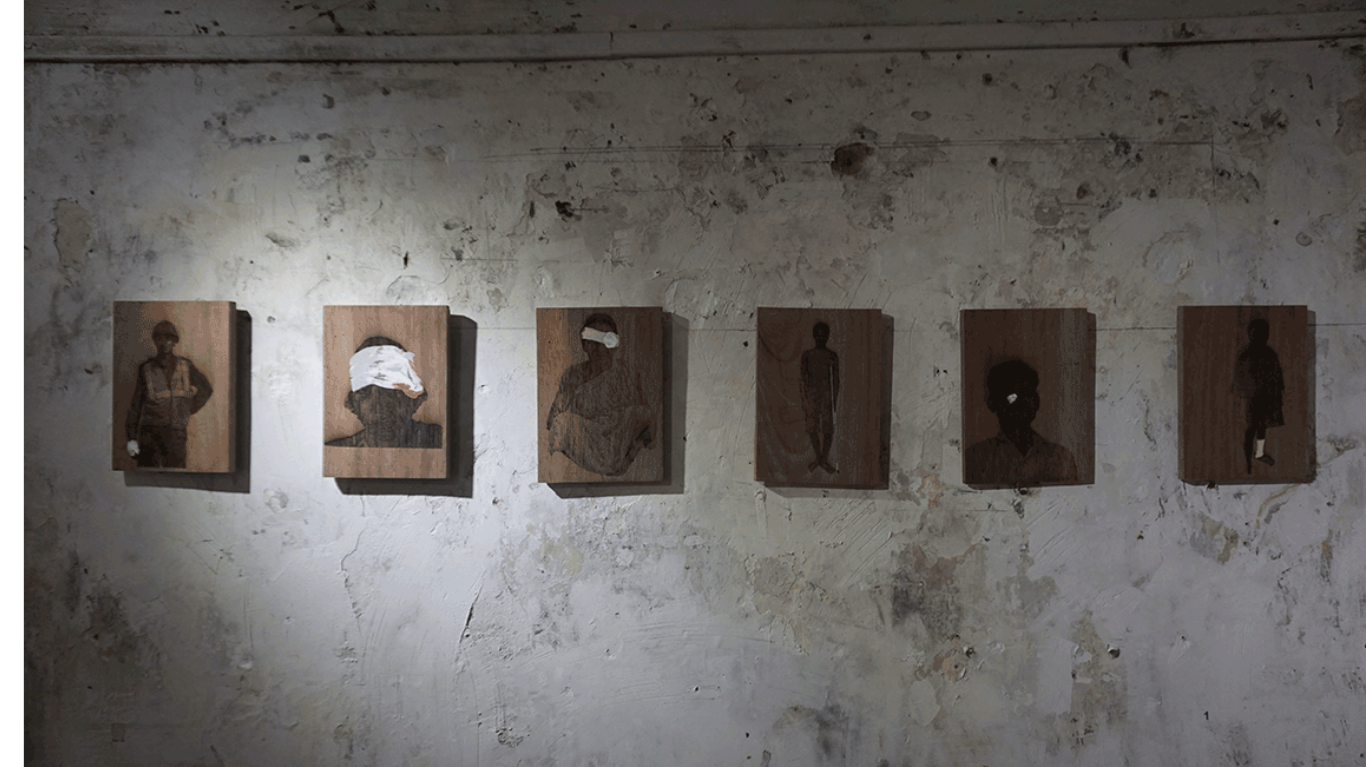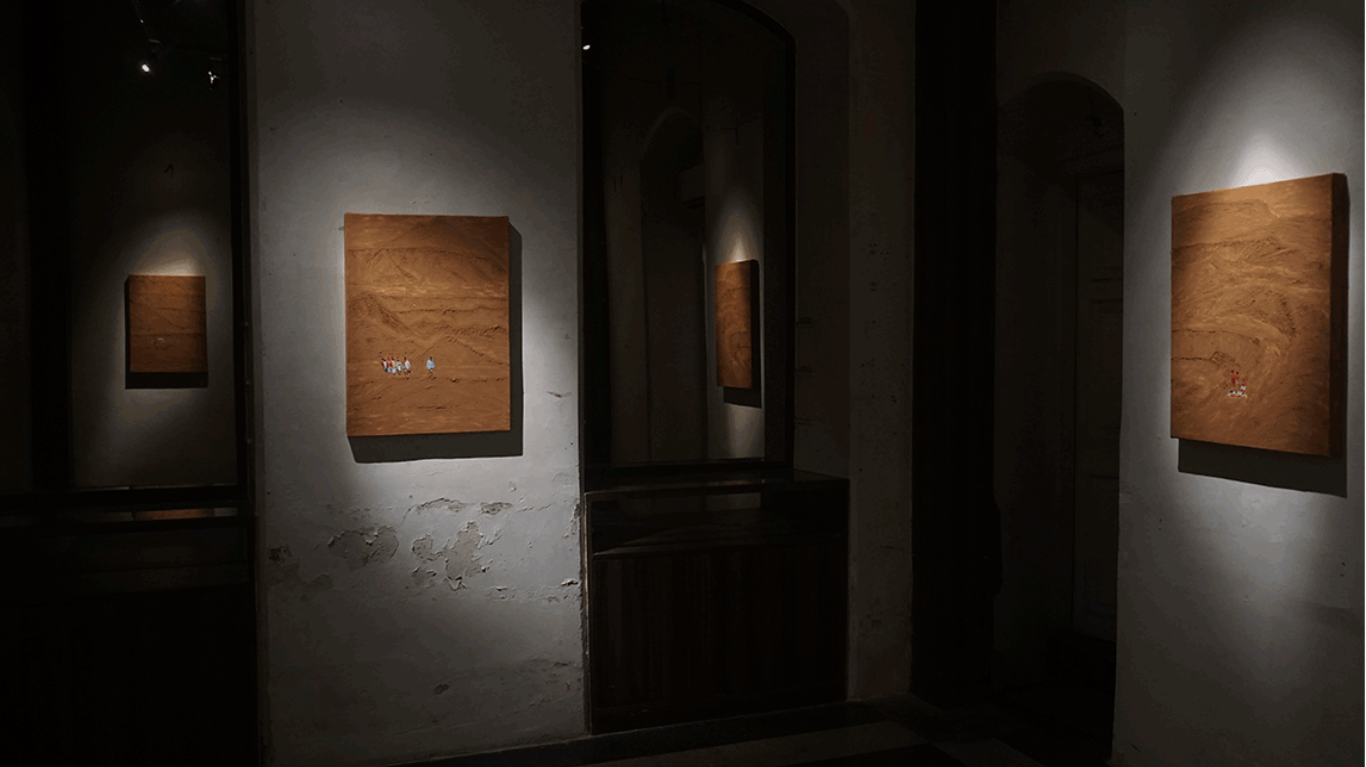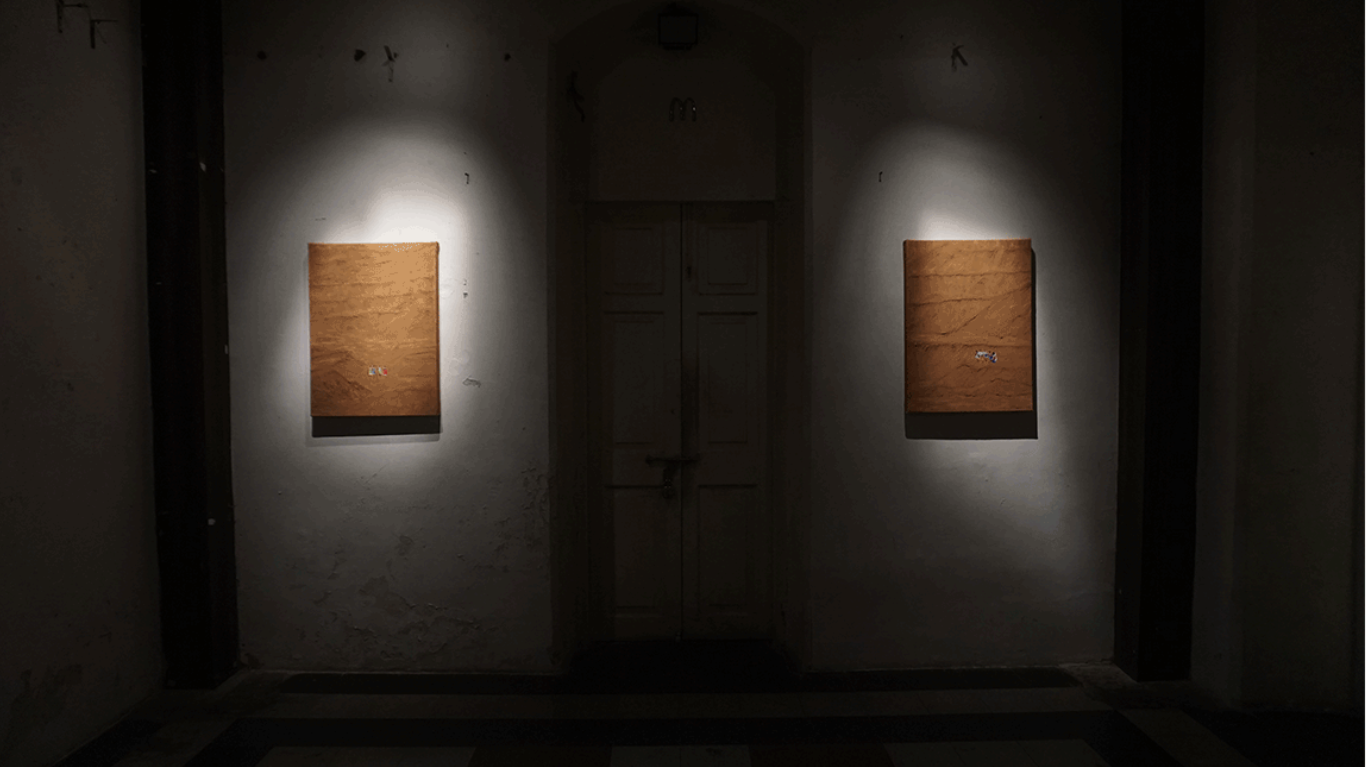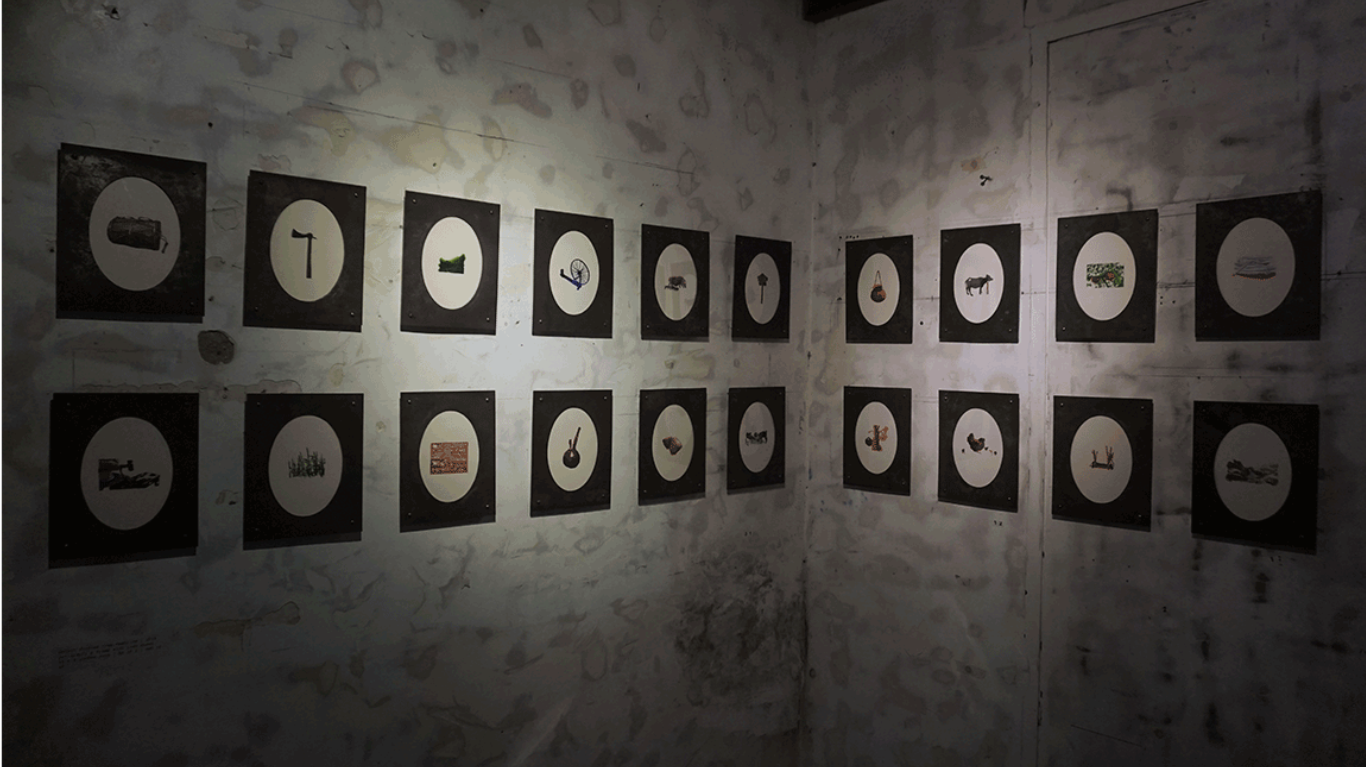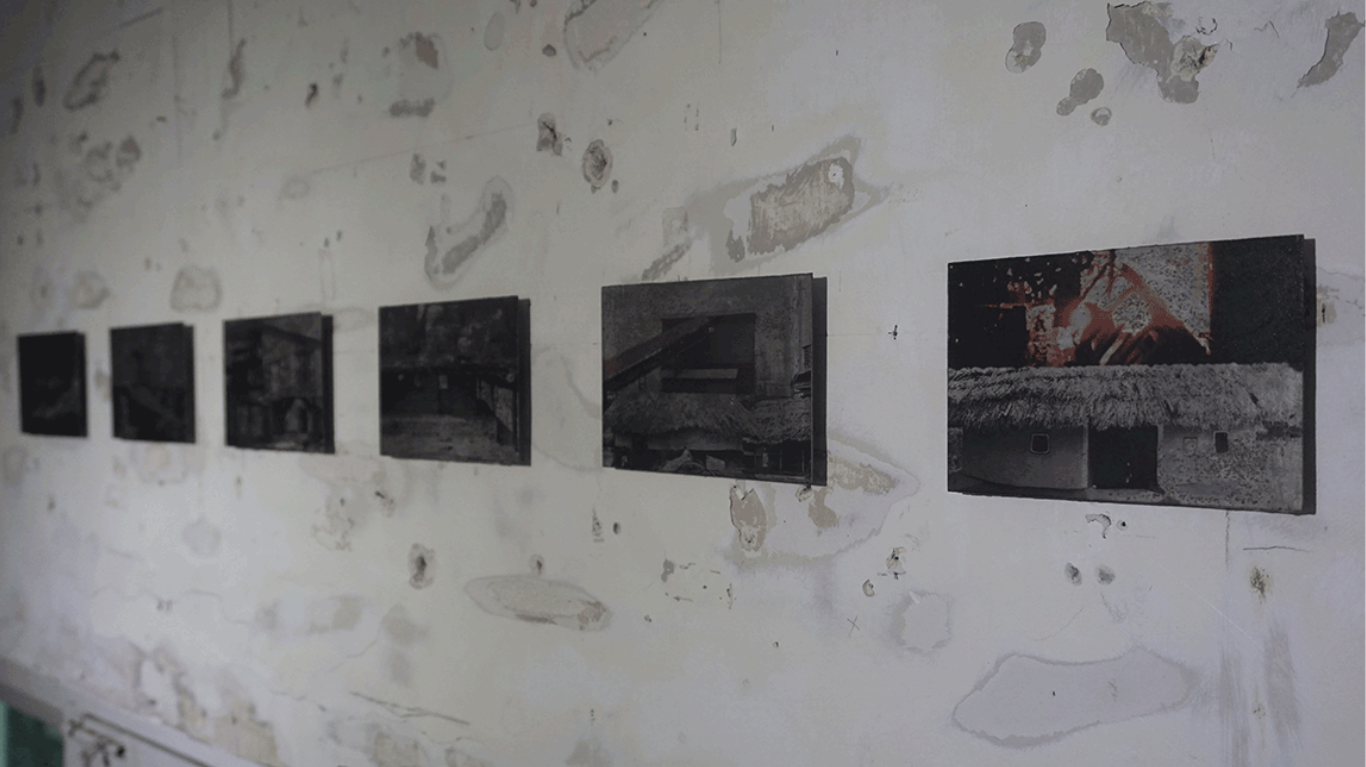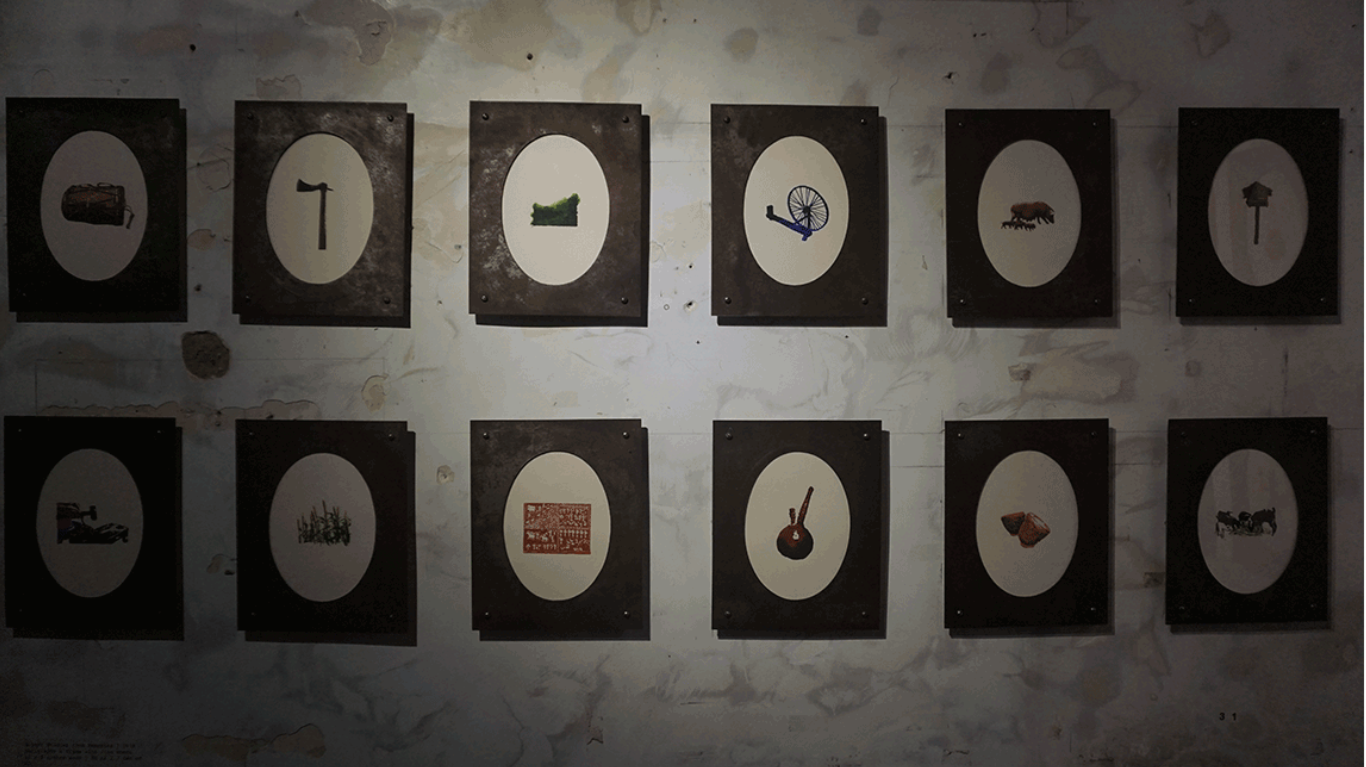-
Exhibitions
- When They Stopped Dancing |
Solo Show
- — Sangita Maity
-
![When they do not Dance]() When they do not Dance
When they do not Dance
-
![View from a Certain Distance III]() View from a Certain Distance III
View from a Certain Distance III
-
![Procession on a Conditional Land]() Procession on a Conditional Land
Procession on a Conditional Land
-
![Nothing left to Worship]() Nothing left to Worship
Nothing left to Worship
-
![Nothing left to Worship]() Nothing left to Worship
Nothing left to Worship
-
![Nothing left to Worship]() Nothing left to Worship
Nothing left to Worship
-
![Nothing left to Worship]() Nothing left to Worship
Nothing left to Worship
-
![When they do not Dance]() When they do not Dance
When they do not Dance
-
![Nothing left to Worship]() Nothing left to Worship
Nothing left to Worship
-
![Living with Different Horizons]() Living with Different Horizons
Living with Different Horizons
-
![Manmade Landscape]() Manmade Landscape
Manmade Landscape
-
![Portraits from Different Land]() Portraits from Different Land
Portraits from Different Land
-
![When They Stopped Dancing]() When They Stopped Dancing
When They Stopped Dancing
-
![Object Studies from Memories]() Object Studies from Memories
Object Studies from Memories
-
![Object Studies from Memories]() Object Studies from Memories
Object Studies from Memories
When They Stopped Dancing
By Sangita Maity
Clark House Initiative in collaboration with Shrine Empire
Mumbai
In the district of Keonjar, Orissa lies one of the largest deposits of iron ore in the country. When They Stopped Dancing provides rare, intimate glimpses into the lives of people who are employed by the mines that operate in the region, half of whom are from tribal communities in the surrounding areas. An encounter with them prompted Sangita Maity’s investigation of their everyday reality — where tradition melts into their occupational condition.
The absent/present sense of a life once lived by this community emerges in the materiality of the body of work presented at this exhibition. A printmaker, Sangita Maity’s serigraphs compensate for the absence of a culturally endowed past against the bleak landscape of the present. Inks gleam through traces of soil from Keonjar, and floats above the weight of its plentiful resource that is iron. The soil and iron sheets function as found objects in Maity’s work where she intervenes to imagine and inscribe telling tales of the conditions of labour and rusted identities in the region. Often, large numbers of tribal women, preferred by mining companies for their hard work, toil in hazardous conditions. These circumstances remove them from traditional clothing, jewellery, and ways of living to objectify them by their worker’s outfits into nameless masses, robbed of their identity. When They Stopped Dancing is a shrine that embodies this community’s disembodied existence with lost meaning and laments the recurring meaninglessness of their present.
— Anushka Rajendran, October 2018















